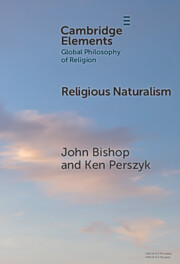Element contents
Religious Naturalism
Published online by Cambridge University Press: 25 August 2025
Summary
Keywords
Information
- Type
- Element
- Information
- Online ISBN: 9781009469104Publisher: Cambridge University PressPrint publication: 25 September 2025
